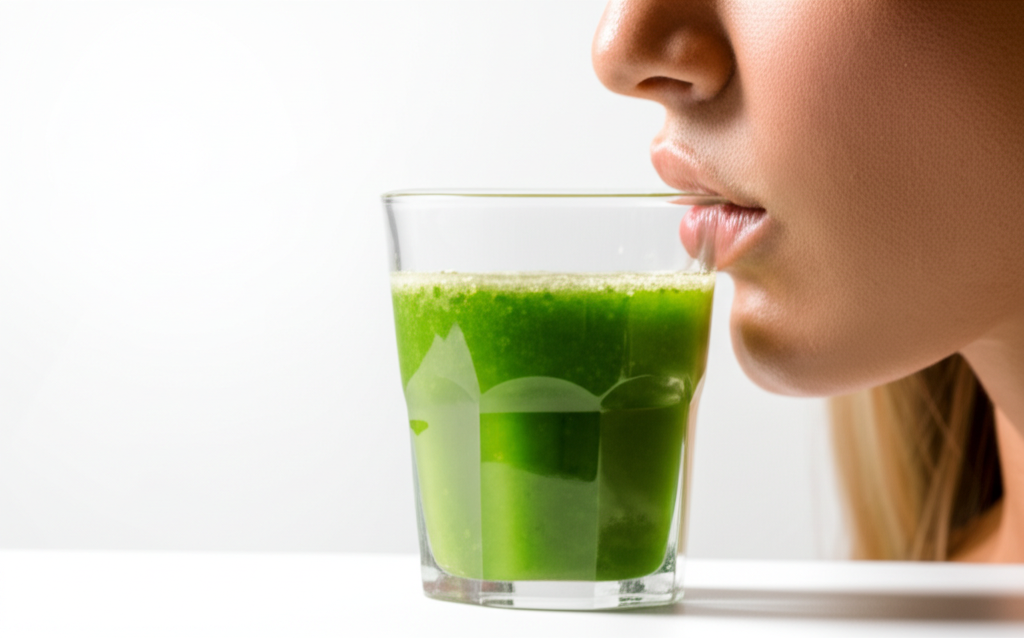Magnesium and potassium deficiencies are common globally. A fourteen-year-old girl experiencing muscle cramps and cravings could benefit from magnesium and potassium supplementation.
Magnesium has no set upper limit, and a powdered form of magnesium citrate is advisable. This allows for gradual dosage adjustments to find the optimal amount. One can slowly increase the dosage, starting with a small amount and gradually increasing it daily until reaching a tolerance point. If diarrhea occurs, the dosage is too high.
Potassium is crucial, working synergistically with magnesium. Deficiencies in both can lead to cramps and cravings, particularly for carbohydrates and sweets. These minerals are essential for the body to utilize glucose effectively. Without them, glucose remains unused, triggering cravings.

Potassium supplementation is generally safe. The recommended daily intake for adults is 4700mg. Green juices offer a natural source of both magnesium and potassium. If supplementation is needed, potassium citrate is a good option.
Signs of magnesium and potassium deficiency include water retention in hands or feet, cravings for sweets or carbohydrates, and muscle cramps. If any of these symptoms occur, increasing magnesium and potassium intake is recommended. The magnesium dosage should be increased until tolerance is reached, and then the potassium dosage can be adjusted as needed to eliminate symptoms.



